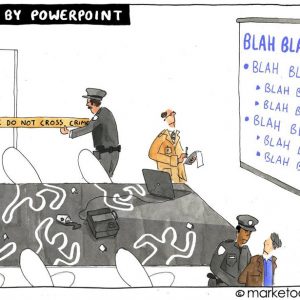
Remember meeting and presenting in person? It’s back. Bone up on the top tips to make sure you wow the next time you find yourself standing in front of a crowd.












In his 30-plus years as a communications coach and trainer, Steve Mandel says there are two concerns Fortune 500 executives raise again and again about how people communicate with them. He shares what those concerns are and how they directly correlate to steps you can take to become a more skilled, confident, and highly competent executive communicator.
Note to our readers: This is an edited version of a blog post originally published on April 3, 2014.



What characteristic do we prize most in the people with whom we interact? Learn how our perception of this trait is influenced by communication skills.





